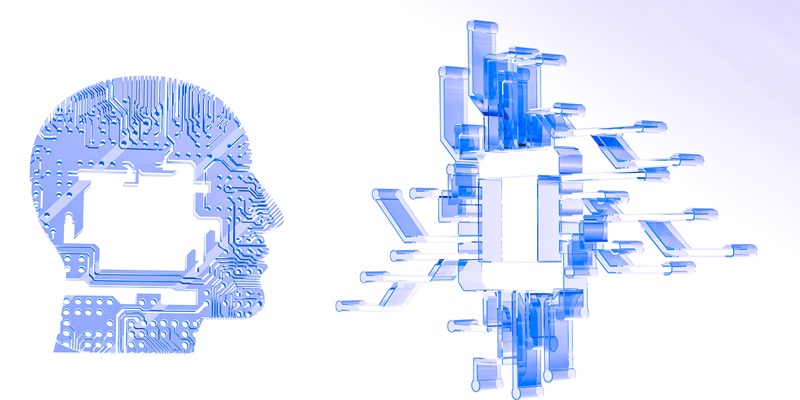Retrieval-Augmented Generation (RAG) has emerged as a powerful technique to ground large language models (LLMs) with specific data sources. By leveraging external information, RAG addresses the limitations of foundational language models that are trained offline on broad domain corpora and suffer from outdated training sets. This article explores the workings of RAG, its approach to overcoming training challenges, and the steps involved in augmenting prompts to generate contextually enriched responses.
Understanding the Limitations of Foundational Language Models
Foundational language models form the backbone of modern natural language processing. However, they have inherent limitations as they are trained offline on broad domain corpora. This offline training restricts them from adapting to new information and updating their knowledge base post-training. Consequently, the response generation might not be accurate or relevant in real-time scenarios.
Addressing Limitations: RAG’s Approach
To overcome the limitations of foundational language models, RAG introduces a three-step approach. The first step involves retrieving information from a specified source, which goes beyond a simple web search. The second step revolves around augmenting the generated prompt with context retrieved from these external sources. Finally, the language model utilizes the augmented prompt to generate nuanced and informed responses.
Challenges in Training Large Language Models
The training of large language models presents significant challenges. These models often require extensive time and expensive resources for training, with months-long runtimes and the utilization of state-of-the-art server GPUs. The resource-intensive nature of training makes frequent updates infeasible.
Drawbacks of Fine-tuning
Fine-tuning is a common practice to enhance the functionality of large language models. However, it comes with its own set of drawbacks. While fine-tuning can add new functionality, it may inadvertently reduce the capabilities present in the base model. Balancing functionality expansion without diminishing the existing capabilities becomes a crucial challenge.
Preventing LLM Hallucinations
Language models sometimes generate responses that seem plausible but are not based on factual information. To mitigate these “hallucinations,” it is advisable to mention relevant information in the prompt, such as the date of an event or a specific web URL. These cues help anchor the model’s response within the context of accurate and up-to-date information.
Working Principle of RAG
RAG operates by merging the capabilities of an internet or document search with a language model. This integration bridges the gap between the data retrieval and response generation steps, enabling the model to incorporate dynamic and relevant information without the limitations of manual searching.
Querying and Vectorizing Source Information
The first step in RAG involves querying an internet or document source and converting the retrieved information into a dense, high-dimensional form. This process vectorizes the context, allowing the language model to effectively incorporate the retrieved information during response generation.
Addressing Out-of-date Training Sets and Exceeding Context Windows
RAG tackles two significant challenges faced by large language models. Firstly, it eliminates the reliance on static training sets by incorporating dynamic external sources, ensuring up-to-date information. Secondly, RAG overcomes the limitation of context windows by allowing deep contextual understanding, even beyond the model’s predefined context window.
Augmenting Prompt and Generating Responses
Once the retrieval and vectorization steps are completed, the retrieved context is seamlessly integrated with the input prompt. The language model then utilizes the augmented prompt to generate detailed and contextually grounded responses. This process ensures that the responses are not only based on the pre-existing knowledge of the model but also on real-time and relevant information.
Retrieval-augmented generation (RAG) has emerged as a valuable technique for grounding large language models with specific data sources. By combining external information retrieval with language models, RAG addresses the limitations of foundational models, such as out-of-date training sets and limited context windows. With further advancements, RAG holds immense potential for applications in various domains, including question-answering systems, chatbots, and AI assistants, enabling them to provide more accurate, up-to-date, and context-aware responses. The future of RAG remains promising as researchers continue to explore ways to enhance its capabilities and refine its integration with large language models.

